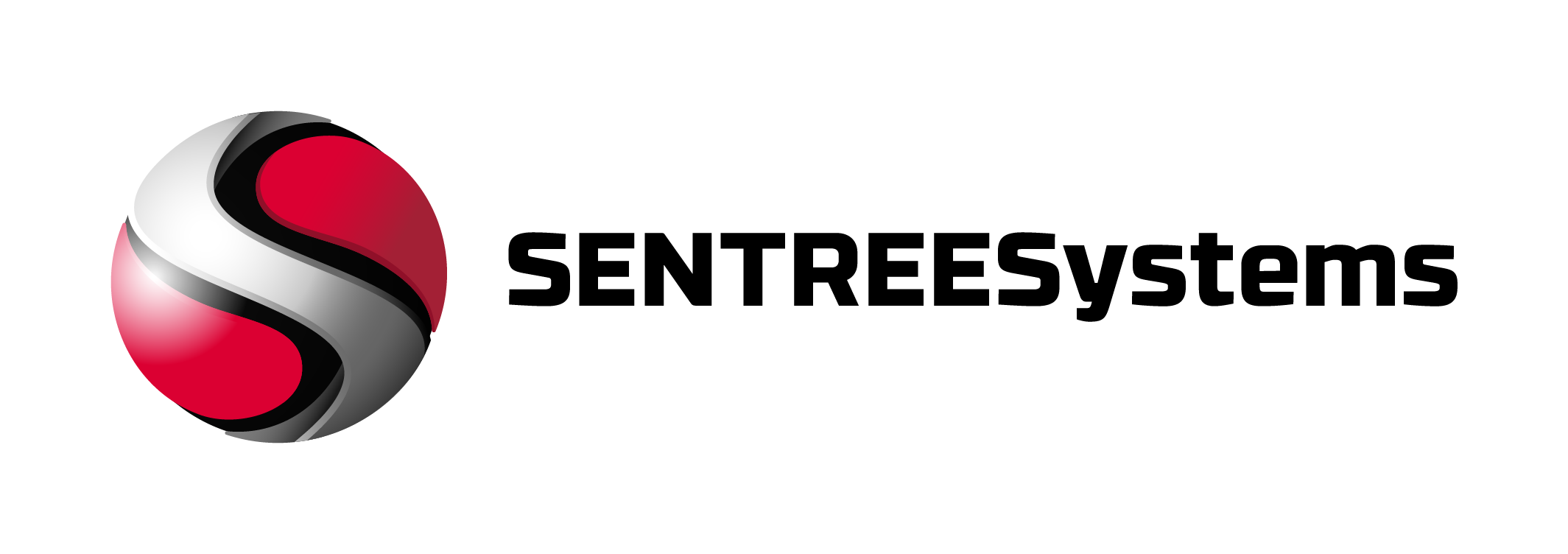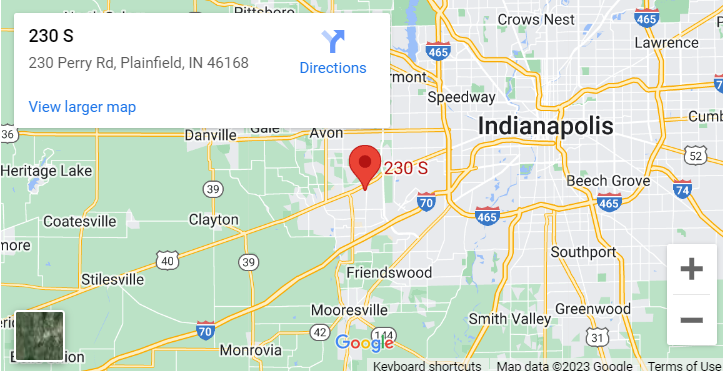Healthcare systems across America are under siege. Ransomware threats in healthcare sector incidents surged 128% in 2023, with attackers now targeting life-saving equipment alongside patient data. When hackers cripple hospital networks, patients die—literally. Studies show mortality rates spike 36-55% during ransomware attacks, with Medicare patients facing the highest risk. The financial toll? Healthcare organizations lose an average of $1.9 million per day during downtime, while ransom demands now exceed $5 million in 35% of cases. Here’s the brutal reality: your hospital’s outdated medical devices, overworked IT staff, and interconnected systems create the perfect storm for catastrophic cyber attacks.
Key Takeaways
- Healthcare ransomware attacks jumped 128% in 2023, with the U.S. reporting 258 incidents versus 113 the previous year
- Patient mortality increases by 36-55% during ransomware incidents due to delayed treatments and system failures
- Average downtime costs $1.9 million daily, with full recovery taking 17-27 days for most healthcare organizations
- 89% of healthcare organizations have vulnerable medical devices connected to their networks
- Phishing attacks cause 70% of healthcare data breaches, making staff training absolutely critical
The Alarming Rise of Ransomware Threats in Healthcare Sector
Let me be blunt—healthcare has become the most lucrative target for ransomware gangs, and the numbers prove it. In 2024, 67% of healthcare organizations reported ransomware incidents, compared to just 59% across all industries. That’s not a coincidence.
The LockBit and ALPHV/BlackCat groups alone accounted for over 30% of global healthcare ransomware incidents in 2023. These aren’t script kiddies playing pranks—they’re sophisticated criminal enterprises operating ransomware-as-a-service (RaaS) platforms. They’ve turned cybercrime into a business model.
Here’s what really gets me: hospitals are sitting ducks. You’ve got legacy medical devices running Windows XP, connected to the same network as your patient records. MRI machines, ventilators, diagnostic equipment—78% of these devices contain known vulnerabilities that haven’t been patched.
The Human Cost of Cyber Attacks
When I talk to healthcare executives, they focus on compliance and costs. But here’s what keeps me up at night: people are dying because of ransomware attacks. A longitudinal study of Medicare patients revealed a 0.35% increase in hospital mortality rates during ransomware incidents. That translates to one additional death per 300 admissions.
For patients of color, the mortality spike reached 62-73% due to limited access to alternative care facilities. The 2021 Conti ransomware attacks forced emergency room closures and delayed cancer treatments across 16 U.S. healthcare providers. Attackers demanded up to $25 million per victim while patients suffered.
How Attackers Infiltrate Healthcare Networks
You’ll hear plenty of theories about how ransomware gets in. I’ve analyzed hundreds of healthcare breaches, and the attack vectors are depressingly predictable.
Phishing: The Front Door Attackers Use
Phishing accounts for 70% of healthcare data breaches. Your staff receives AI-generated emails mimicking insurance providers, medical suppliers, or pharmaceutical companies. One click, and attackers gain network access. The average cost of phishing-related breaches hit $9.23 million in 2024.
Here’s what makes healthcare particularly vulnerable: your employees are focused on patient care, not cybersecurity. They’re processing hundreds of legitimate emails from insurance companies, labs, and vendors daily. Spotting the fake ones? Nearly impossible without proper training.
RDP Brute-Force: The Back Door They Love
Remote Desktop Protocol (RDP) exploitation remains the primary infiltration method in 45% of healthcare ransomware cases. Attackers use automated tools to guess passwords on exposed RDP ports. Once inside, they deploy Process Hacker to disable antivirus software and NS.exe for lateral movement across hospital networks.
The ALPHV/BlackCat group intensified these attacks in 2024 after the FBI disrupted their operations. They’re explicitly targeting hospitals in retaliation, and they’re not being subtle about it.
Medical Device Vulnerabilities
This is where it gets really scary. Claroty’s 2025 analysis found 20% of hospital information systems and 8% of imaging devices contained unpatched vulnerabilities. The Pysa ransomware group exploited these weaknesses to compromise temperature controls in pharmaceutical storage units and oncology department databases.
Look, I understand why these devices don’t get patched. You can’t just reboot a ventilator during surgery. But 99% of healthcare organizations harbor at least one actively exploited vulnerability. That’s unacceptable.
Financial Impact and Recovery Costs
The financial devastation from ransomware extends far beyond ransom payments. Healthcare organizations average 17 days of downtime per incident, rising to 27 days in severe cases. During this period, hospitals revert to paper-based systems, causing 20-40% reductions in patient throughput.
Despite FBI advisories against payments, 53% of healthcare organizations paid ransoms in 2024—up from 42% in 2023. The average payment reached $4.4 million, with recovery costs (excluding ransoms) averaging $2.57 million per incident.
Here’s a breakdown of the real costs:
| Cost Category | Average Amount | Time Impact |
|---|---|---|
| Daily Downtime | $1.9 million | 17-27 days |
| Ransom Payment | $4.4 million | Immediate |
| System Recovery | $2.57 million | 30-90 days |
| Regulatory Fines | Up to $1.5 million | 6-12 months |
LockBit’s attack on a major U.S. hospital chain in 2024 resulted in a $10 million ransom demand and $7.2 million in system restoration costs. That’s nearly $20 million for a single incident.
Defending Against Healthcare Ransomware Attacks
You’ve probably heard the standard advice: backup your data, patch your systems, train your staff. That’s not wrong, but it’s incomplete. Effective ransomware defense requires a comprehensive approach that acknowledges healthcare’s unique challenges. This means incorporating advanced technology solutions, such as artificial intelligence and machine learning, to predict and detect threats before they escalate. Additionally, healthcare organizations must implement ransomware protection strategies for businesses that prioritize not only technical safeguards but also robust incident response plans and continuous monitoring. By fostering a culture of cybersecurity awareness and resilience, healthcare providers can better defend themselves against the evolving ransomware landscape.
Zero-Trust Architecture
Leading health systems like Mayo Clinic have adopted zero-trust models, reducing lateral movement risks by 68%. Instead of trusting devices inside your network perimeter, you verify every connection attempt. This approach stops ransomware from spreading from one infected workstation to your entire network.
Endpoint detection and response (EDR) tools automatically isolate compromised devices, cutting encryption times from hours to minutes. When attackers can’t move laterally, they can’t cause system-wide damage.
Staff Training That Actually Works
Monthly phishing simulations aren’t just compliance theater—they work. Organizations conducting regular simulations reduced successful attacks by 70%. But here’s the key: make training relevant to healthcare workflows.
Train staff to recognize fake insurance authorization emails, fraudulent lab results, and spoofed vendor communications. Use examples from actual healthcare phishing campaigns, not generic corporate scenarios.
Vulnerability Management
You can’t patch medical devices like you patch desktop computers, but you can manage risk. Prioritizing patches for known exploited vulnerabilities (KEVs) reduced successful attacks by 58% in a 2024 pilot program across 12 hospitals.
Automated patch management systems now update 92% of medical devices within 72 hours of vulnerability disclosure, compared to 34% in manual processes. The key is implementing network segmentation so critical devices can be isolated during updates.
Immutable Backups
Standard backups aren’t enough anymore. Ransomware groups specifically target backup systems to prevent recovery. Immutable backup technology creates snapshots that can’t be encrypted or deleted by attackers.
Rubrik’s immutable snapshot technology enabled one hospital to recover 98% of encrypted data without paying a $2.3 million ransom in 2024. That’s the kind of preparation that saves both money and lives.
Regulatory Requirements and Compliance
The HHS Office for Civil Rights updated HIPAA guidelines in 2024, mandating ransomware-specific risk analyses and immutable backups. Organizations failing to implement these measures face penalties up to $1.5 million per violation.
Here’s what compliance actually requires:
- Annual ransomware risk assessments covering all connected medical devices
- Incident response plans tested through tabletop exercises
- Staff cybersecurity training with documented completion records
- Vendor risk management for all third-party systems accessing PHI
- Network segmentation isolating critical medical devices
61% of attacked providers reported federal investigations into their security practices. The government isn’t just tracking breaches—they’re auditing your prevention efforts.
Conclusion
The ransomware threats in healthcare sector will only escalate as criminal groups refine their tactics and target more vulnerable systems. Healthcare organizations can no longer treat cybersecurity as an IT problem—it’s a patient safety issue that requires board-level attention and adequate funding.
The solution isn’t perfect security—it’s building resilience. Implement zero-trust architecture, train your staff obsessively, maintain immutable backups, and plan for when (not if) you’ll be attacked. Healthcare organizations must prioritize cybersecurity investments equivalent to 8-10% of IT budgets, as recommended by HHS.
Start with a comprehensive risk assessment this week. Identify your most vulnerable systems, implement network segmentation for critical devices, and test your incident response plan. Your patients’ lives depend on it.
FAQ
What makes healthcare organizations more vulnerable to ransomware than other industries?
Healthcare combines high-value patient data with legacy medical devices that can’t be easily updated or taken offline. The interconnected nature of hospital networks means ransomware can spread from administrative systems to life-saving equipment. Additionally, the urgency of patient care often leads to security shortcuts that attackers exploit.
How do ransomware threats in healthcare sector specifically impact patient care?
Ransomware attacks force hospitals to revert to paper-based systems, causing 20-40% reductions in patient throughput. Studies show mortality rates increase by 36-55% during attacks due to delayed treatments, canceled surgeries, and emergency room diversions. The impact is most severe for patients requiring immediate critical care.
Should healthcare organizations pay ransoms to restore systems quickly?
The FBI strongly advises against ransom payments, which fund further criminal activity and don’t guarantee data recovery. 53% of healthcare organizations that paid ransoms in 2024 still experienced data loss or system corruption. Investing in immutable backups and incident response capabilities provides more reliable recovery options.
What’s the most effective first step for protecting against healthcare ransomware?
Implement network segmentation to isolate critical medical devices from administrative systems. This prevents ransomware from spreading between different network zones and allows you to maintain life-saving equipment even if other systems are compromised. Combined with regular staff phishing training, this addresses the two most common attack vectors.



